We use the phrase ‘video production’ a lot but what is video production, exactly? It could include a bunch of things, like entertainment, marketing, education and more. There are specific steps too, to get from an idea to a finished film. Let’s take a look at the meaning of video production.
What is Video Production? Meaning, Phases, & Types



What is Video Production?
Video production in its simplest form is the process of creating video content for a range of purposes, including but not limited to films, television shows, documentaries, advertisements, educational content, and online marketing. You get the idea. It involves the steps you’d take to get from a concept, to a finished video.
Video Production Definition
In a formal and fairly cold sense, video production is the planning, shooting, editing, and distribution of video content. It includes pre-production, production, post-production, and distribution phases. We know that there’s a little more to it than that, though. That’s where video production meaning comes in.
The Meaning of Video Production
The meaning of video production goes beyond technical aspects like capturing and editing footage, to include things like storytelling, creativity, and engaging with your audience. Video production combines technology with the creative flair needed to make successful films.
Stages of Video Production
1. Pre-Production



Pre-production is the first phase of video production. It’s the very beginning, where the foundation of the project is laid. It includes concept development, scriptwriting, location scouting, casting, and making a detailed production plan.
- Concept Development: The idea for the video is developed into something clear and concise. It includes defining the purpose of the video, its target audience, plus the tone and message it should convey. This might include a rough storyboard.
- Shoot List and/or Scriptwriting: A well-written script and/or shoot list, is essential to any video production. It outlines the dialogue, narration, and visual elements, plus it’s a useful guide for the production team (even if you are the production team!).
- Location Scouting: Finding the right locations to shoot is crucial, so you or the dedicated location scout might spend some time looking for the ideal places that fit with the plan you made in the script-writing stage. When you have a list of these you can see what and where is feasible to film. Remember, if some locations are privately owned, you might need to get permission.
- Casting: If the video involves actors or presenters, casting is the process of selecting the right individuals to bring the characters or presenters to life. If the film is a documentary you might identify appropriate individuals to interview who will talk expertly about key subjects.
- Final Production Plan: A more detailed plan is created, outlining everything, like the schedule, budget, equipment, and personnel needed for the production. This will help the project stay on track and on budget.
2. Production
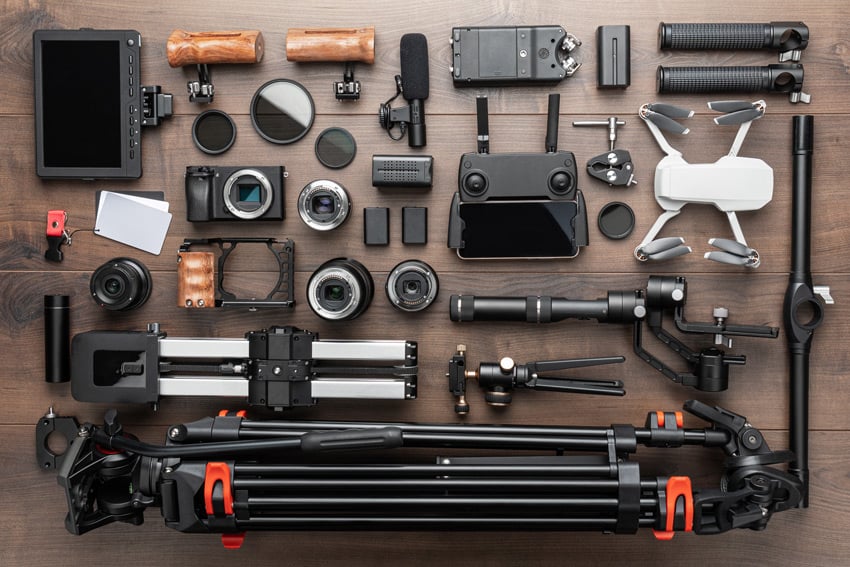
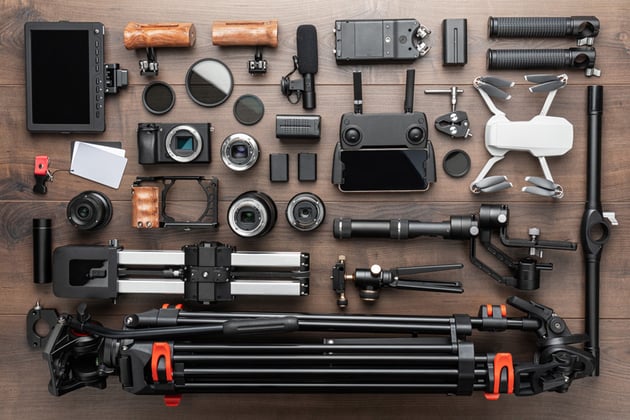
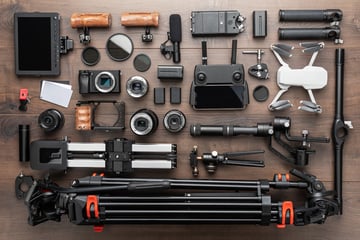
The production phase is where the actual shooting of the video takes place. It involves capturing the scenes, dialogue, and actions according to the script and production plan.
- Camera Work: Filming starts with scenes captured, interviews filmed, acting… you get the idea.
- Lighting: Proper lighting is essential for good technical results but also to set the mood and atmosphere of the video. You might have lighting technicians as part of your crew, or it might be a job mixed in generally with filming.
- Sound Recording: Sound engineers get high-quality audio, including dialogue, ambient sounds, and music, to make sure the audio complements the visuals. They’ll also make decisions about what types of microphone and audio equipment to use to best do the job.
- Directing: The director is the leader and makes creative decisions, guides actors or interviewees, and makes sure everything comes together in the way it was outlined in pre-production. They’ll also be responsible for crucial decisions like if, for example, part of the plan needs to change due to unforeseen circumstances.
- Art Direction: Art directors and production designers are responsible for the visual elements, including props, set design, and costumes.
Additionally, depending on the production, you may have special effects personnel, stunt coordinators, or intimacy coordinators, and so on.
3. Post-Production
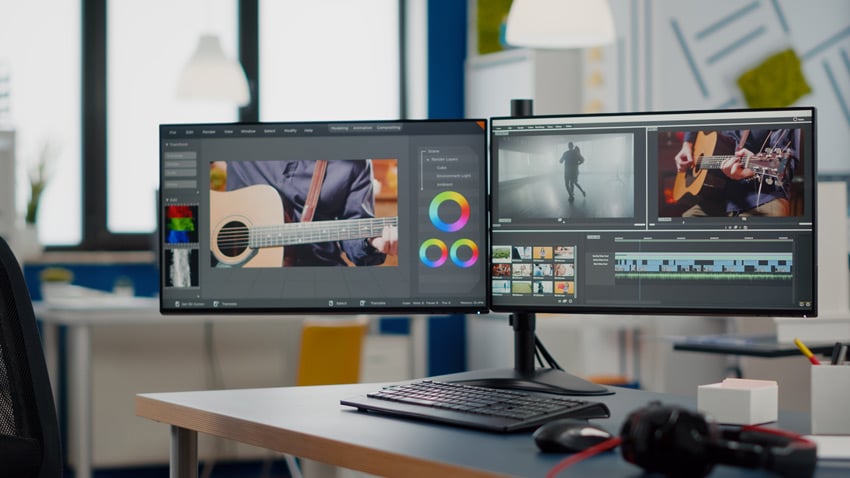
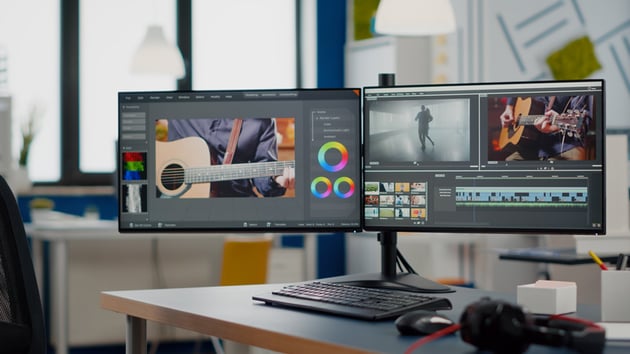
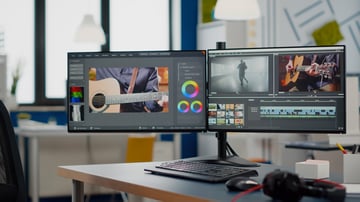
Post-production is where the raw footage is reviewed and arranged, before being transformed into an engaging video with a logical, often narrative, thread. It involves editing, adding any special effects, creating any text and titles, colour grading and correction, and sound mixing.
Post production can be done by an individual, or it could be a team, where one person is responsible for editing footage together, another for colour grading, another for sound, etc. Whichever way this is achieved, you’ll find the film goes through several edits and stages. Each version of the film should be saved with the same title and different version names, so it’s easy to flip back a stage if something gets messed up, without you losing too much and having to start again from scratch.
The team, or certainly the decision makers, then review the edit(s) of the video to make any necessary adjustments and refinements before the final version is ready. Once it’s agreed on, the final film is rendered out ready for distribution.
4. Distribution
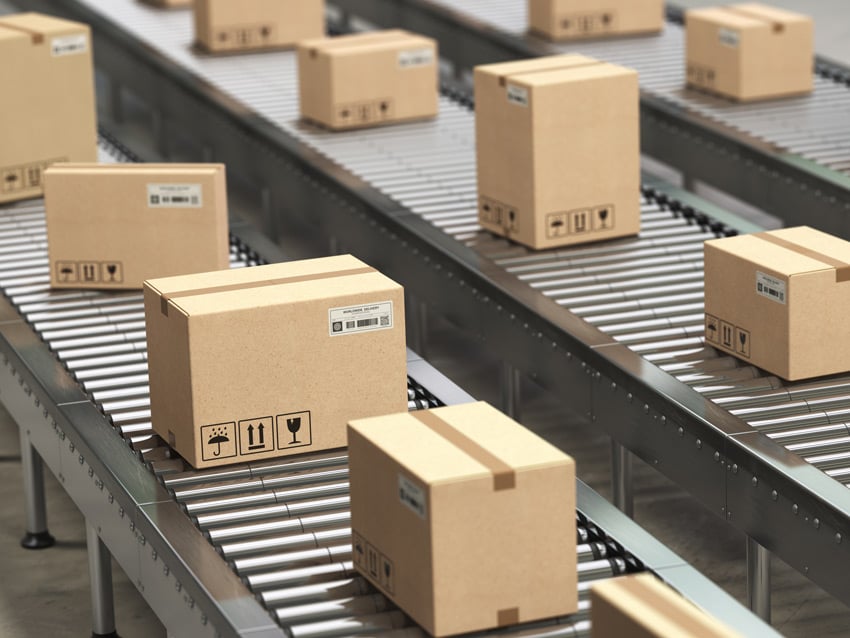
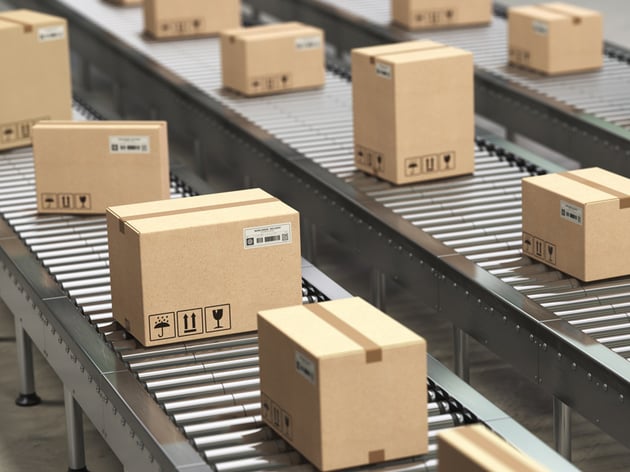
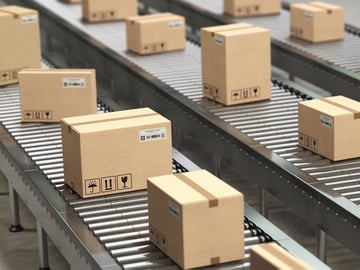
Distribution is where the completed project is made available to the intended audience. This can really vary depending on what your film is being made for, but here are some of the general considerations:
- Platform Selection: Videos might be distributed on television, in cinemas, via online streaming services, or on social media platforms. They could be burned to DVD or Blu-Ray for sale.
- Promotion and Marketing: Promotion and marketing strategy will definitely depend on budget, but you should do as much as you’re able to within your limits. This may include teaser trailers, social media campaigns, sending out press releases, or collaborations with other creators.
- Licensing and Rights Management: Hopefully you won’t have got to this stage without all your ducks in a row, so we’ll assume any copyrighted material in the film has already been cleared and licensed. You should though, think about your own licensing terms. If you don’t want people to take your video and use it in particular ways (either personal or commercial) then you need to make that clear. Copyright laws vary from country to country. In the UK, any intellectual property you create is automatically copyrighted to you. In other countries it’s not always that straightforward, so you should check.
- Audience Engagement: Interacting with the audience is flavour of the moment when it comes to online video distribution. Engagement is sought after in a sometimes rabid way, and some companies don’t give thought to their reputation long-term before encouraging and responding to certain types of engagement. Try to keep any interactions positive by responding to (sensible) comments, running contests, and showing some personality. Hide offensive or spam comments, and remember old advice is still good advice: don’t feed the trolls.
- Analytics and Performance Monitoring: Distribution also involves tracking the video’s performance through analytics. This data is a useful insight into the reach, viewer demographics, engagement levels, and so on, which can inform future content strategies.
Types of Video Production



Video production can relate to any number of formats… it’s very versatile! Here are the most common types, though.
Film and Television
This is the creation of movies, TV shows, and series. It usually involves large crews, big budgets (we’ve heard of those, but are yet to see them), and complex storytelling. Film and television productions have range of genres, from drama and comedy, to horror and science fiction. Most of us won’t be making these, but we likely consume a lot of them!
Commercial, Advertising, Marketing
Commercial and advertising production involves creating videos for marketing and promotional reasons. That could be TV commercials, online ads, product demonstrations, testimonials, or brand campaigns. Popular examples include explainers, where a short video breaks down a product or service into easy steps.
Documentary Production
These are non-fiction films, either short or feature-length, or docu-series style, that explore real-life events, issues, and stories. Documentaries can cover a huge range of subjects and are usually held together by interviews with experts or those with experience relating to the subject, and supporting b-roll footage.
Educational and Instructional
This kind of video production is aimed at teaching or informing the audience. They could be used in schools, universities, as part of online courses, or maybe corporate training programs.
Web and Social Media Production
Web and social media video production has become huge. It involves creating content for platforms like YouTube, Instagram, TikTok, and other social media channels. Each channel has its algorithmic preferences though, so it’s wise to tailor videos to each rather than making one version and putting it on all the channels.
Aspiring Video Producer? Try Our Tips and Free Tutorials
It’s impossible to find a one-answer-fits-all video production, because as you’ve seen, video production meaning compasses a lot! Here are some good tips with how you can get started though:
Become a Great Storyteller
This doesn’t just apply to fiction. The root of most successful video production is a good story. Figure out what you want to tell and shape your narrative in a creative way, even if you’re making educational or documentary content.
Learn the Basics of Video Equipment
Good visuals are, of course, essential for video creation but so is sound, and sometimes people forget this. You don’t need the best gear out there to start making amazing videos, but you do need to be able to get the most out of the equipment you have. Even just adding an external microphone rather than using the on-device one can make a huge difference, as can popping the camera on a tripod.
Develop Video Editing Skills
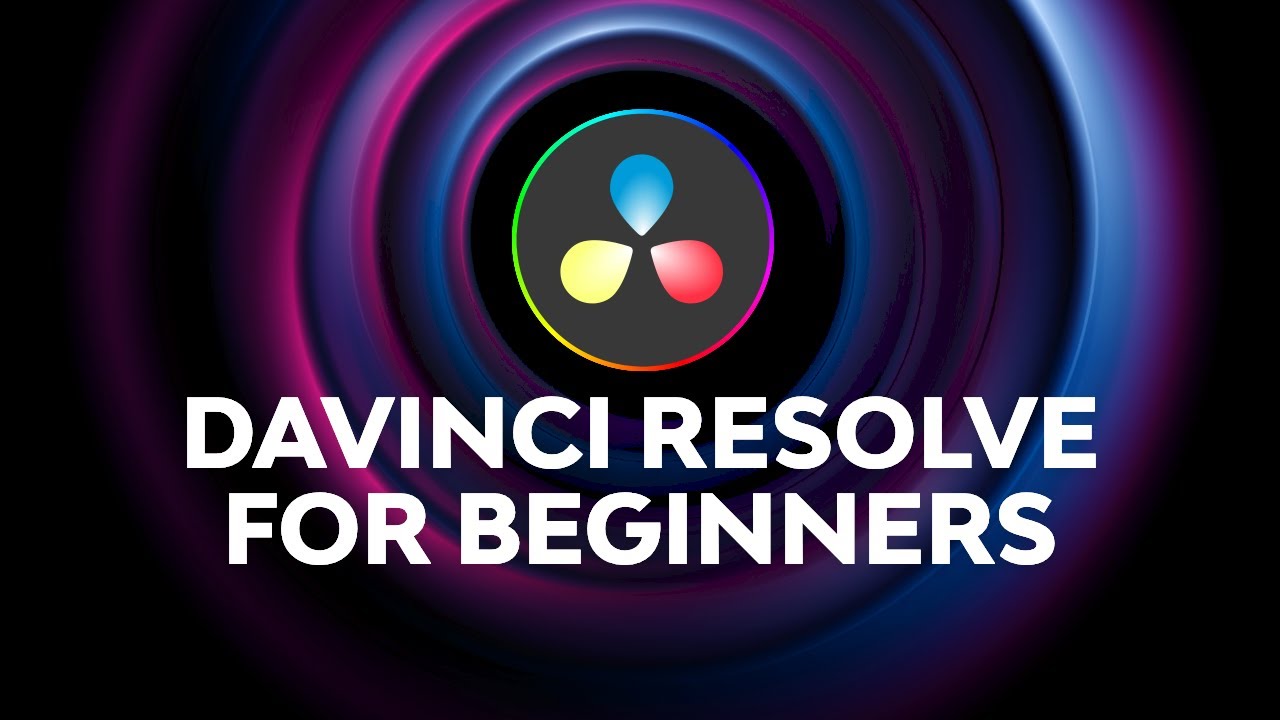
Video editing is hard and technical, but don’t worry if you’re new to it. There are lots of great suites and apps available for a range of experiences. You can start with a basic online editor and then move on to the big hitters like Premiere Pro (paid) or DaVinci Resolve (free).
Practical Experience
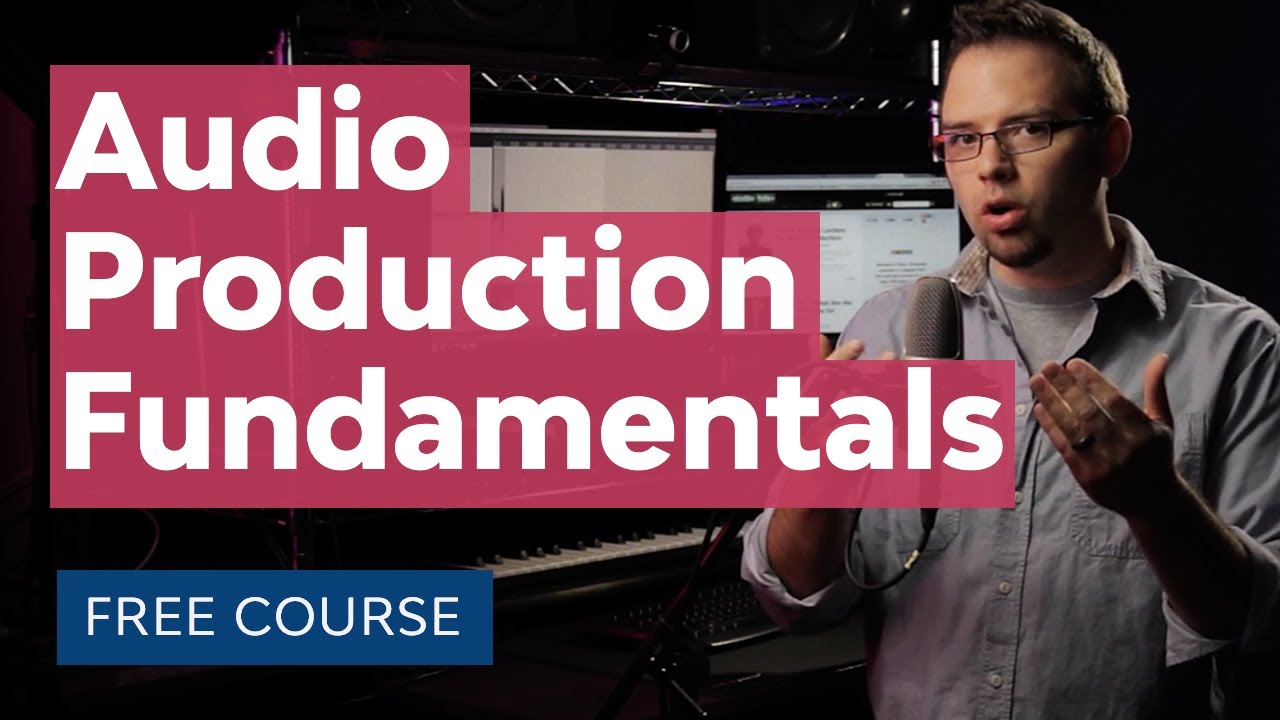
Good visuals are, of course, essential for video creation but so is sound, and sometimes people forget this. You don’t need the best gear out there to start making amazing videos, but you do need to be able to get the most out of the equipment you have. Even just adding an external microphone rather than using the on-device one can make a huge difference, as can popping the camera on a tripod.
Develop Video Editing Skills

Video editing is hard and technical, but don’t worry if you’re new to it. There are lots of great suites and apps available for a range of experiences. You can start with a basic online editor and then move on to the big hitters like Premiere Pro (paid) or DaVinci Resolve.
Practical Experience
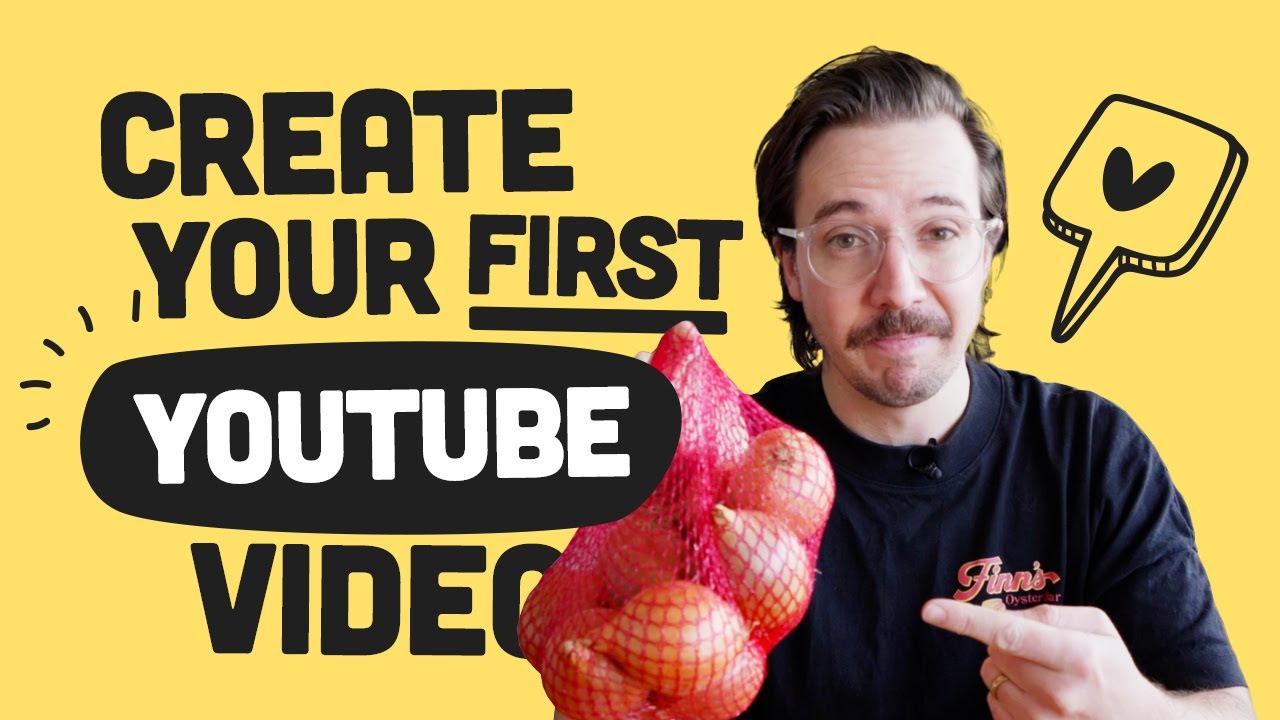
The best way to learn video production, like most things, is by doing it. Work on personal projects, collaborate with other video makers, and try to build up your skills and portfolio. You might consider asking an established film crew if you can help out, if you have the time and funds to do that.
Summary: Video Production Definition
Here’s a quick recap of what we’ve covered!
-
The definition of video production is hard to nail down, but essentially it’s the process of creating videos for a range of purposes, including entertainment, marketing, education, and more.
-
The stages of video production include pre-production, production, post-production, and distribution. Each of these will have its own set of objectives.
-
Types of video production include film and television, commercial and advertising, documentary production, educational and instructional, and video production for web and social media.
-
If you’re an aspiring video producer, you should work on skills like scriptwriting, equipment basics, video editing, sound design, and maybe most importantly, gain practical experience.
Envato Elements
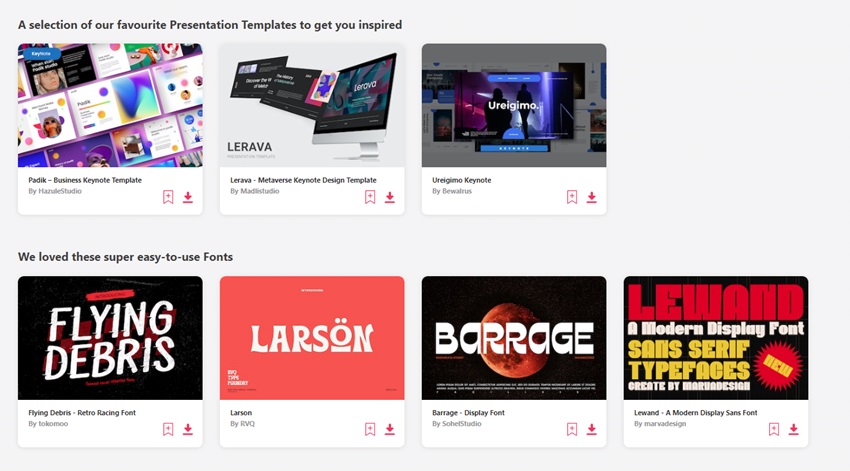
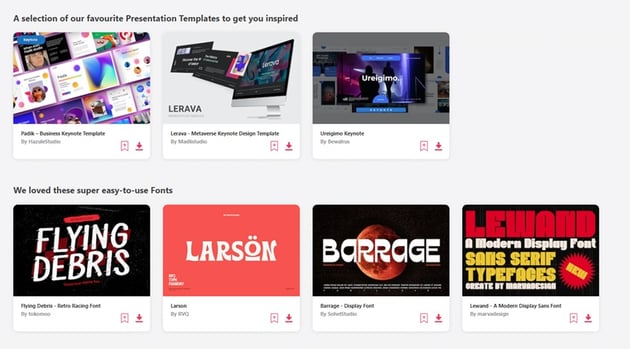
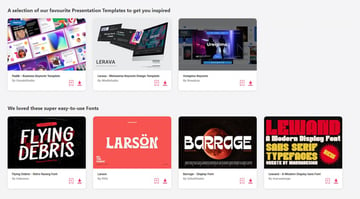
If you’re getting into the world of video production then you need to check out Envato Elements, where for one monthly subscription, you can find a huge amount of assets to help you create your projects. Even better, each month there are some freebies too!
Conclusion
Video production is entertainment, marketing, education, and much more; it’s such a varied field. We hope you’ve got a better understanding of the stages of video production, the various types, and the essential skills you’ll need to get started, from reading this article. Remember, nobody starts from zero and leapfrogs to Hollywood production, so it can take time, patience, and dedication to get to the point where you’re producing successful videos.
About This Page
This page was written by Marie Gardiner. Marie is a writer, author, and photographer. It was edited by Gonzalo Angulo. Gonzalo is an editor, writer and illustrator.